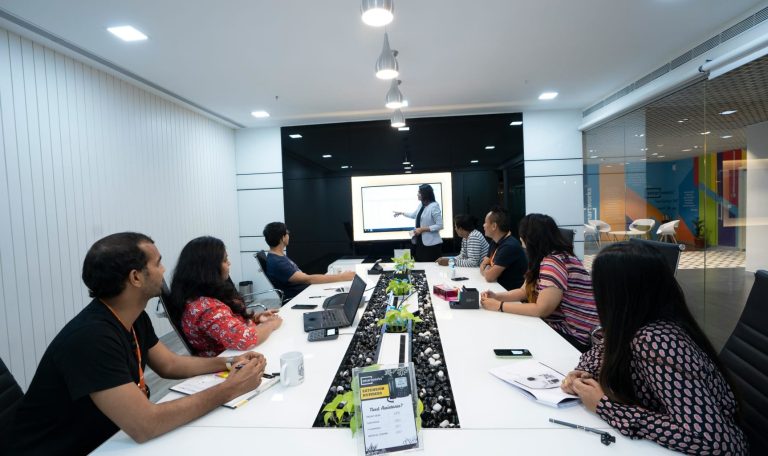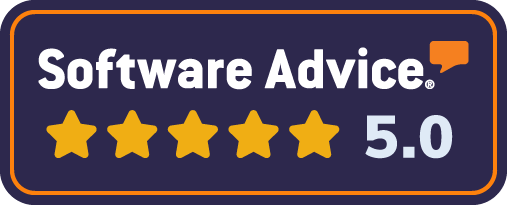Google’s Gemini 2.5 Computer Use represents a major shift in how AI interacts with websites. This technology can click buttons, fill forms, and scroll through pages just like humans do.
Website owners need to adapt their design approach immediately. We at Emplibot see this as a turning point that will reshape web development standards and user experience priorities across the internet.
Contents
ToggleHow Gemini 2.5 Computer Use Works
AI Agent Capabilities for Browser Interaction
Gemini 2.5 Computer Use operates through a sophisticated screenshot-based system that interprets web pages visually before it takes action. The AI captures screen images at regular intervals, analyzes UI elements like buttons and forms, then executes specific commands through the Gemini API’s computer_use tool. Google’s model supports 13 distinct actions that include clicks, text input, scrolls, and element drags across web interfaces. The system demonstrates strong performance on multiple web and mobile control benchmarks, with response times that average under 2 seconds for complex multi-step tasks.
Click, Type, and Scroll Automation Features
The AI agent processes screenshots to identify clickable elements, form fields, and navigation paths without HTML parsing or API connections. This visual approach allows Gemini 2.5 to interact with any web interface (including JavaScript-heavy applications and complex booking systems). The model’s decision loop continuously evaluates screen changes, user instructions, and action history to determine the next appropriate step. Google’s Firebase Testing team has already deployed this technology to automate UI testing workflows, which reduces manual testing time by approximately 60% across their development cycles.
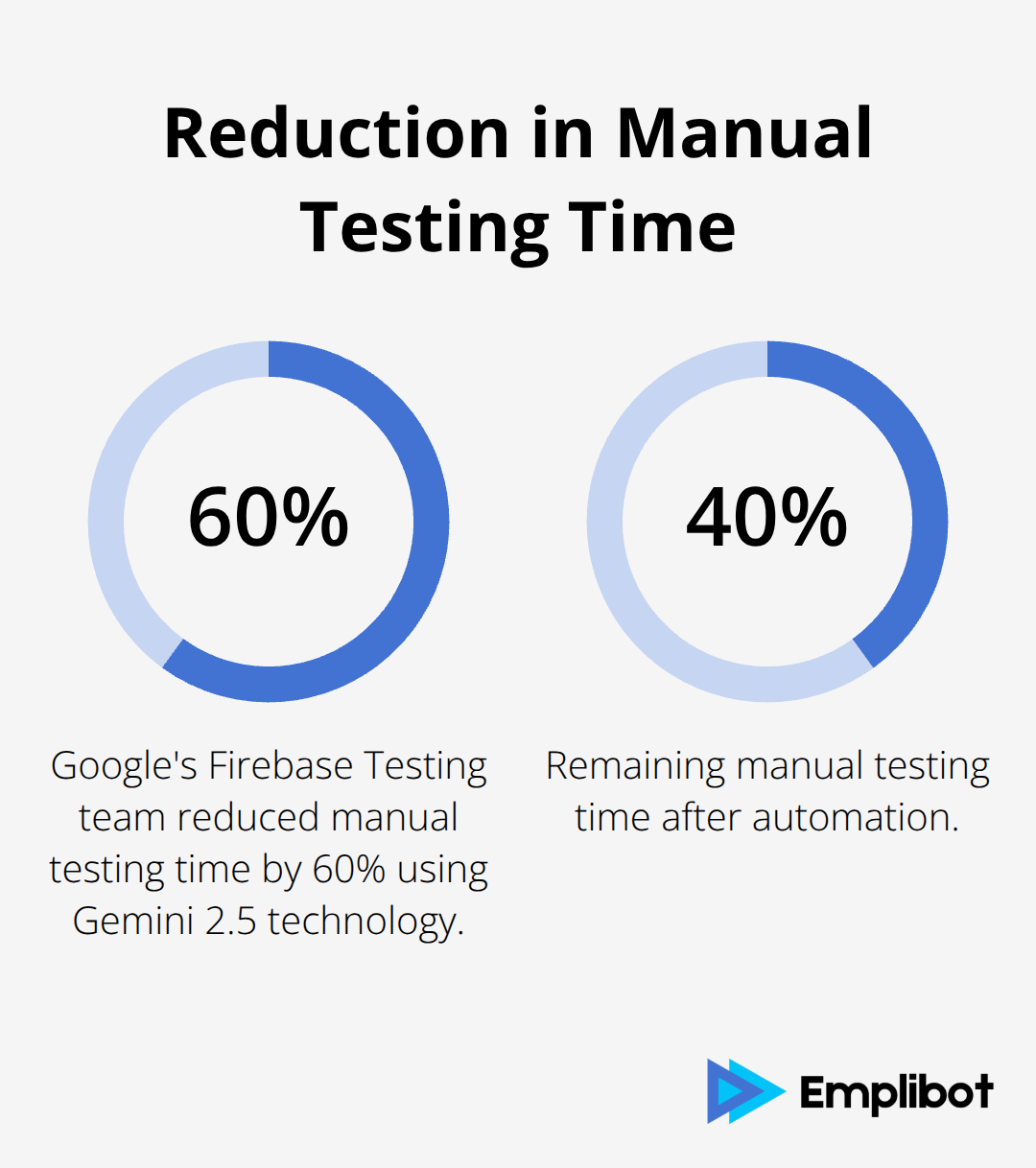
Real-Time Screen Analysis and Decision Making
Each action undergoes review through Google’s out-of-model safety service before execution, which prevents unauthorized purchases or sensitive data access. The system requires explicit user confirmation for high-risk activities like financial transactions or account modifications. This safety framework addresses the 34% error rate typical of AI crawlers through multiple validation layers (making confirmation dialogs essential rather than obstacles). Website owners must now design their interfaces to accommodate these AI agents that pause at security checkpoints and require clear visual cues for successful navigation.
Impact on Website User Experience Design
Button Labels Must Communicate Purpose Instantly
Gemini 2.5’s screenshot-based navigation system demands button text that eliminates ambiguity completely. Generic labels like Submit, Continue, or Next confuse AI agents that lack context from previous interactions. Replace these with specific action words: Complete Purchase, Download Report, or Schedule Consultation. The AI model processes visual elements within milliseconds, so vague terminology creates decision loops that slow task completion.
Form Design Affects AI Navigation Success
Position critical form fields and submit buttons in the upper portion of web pages where AI agents scan first. Gemini 2.5 analyzes screen content from top to bottom and prioritizes elements that appear without scrolling. Forms scattered across lengthy pages create navigation friction that forces the AI to capture multiple screenshots and reassess page structure repeatedly. Schema markup becomes essential for form elements since it provides semantic context that helps the AI identify required fields versus optional ones (alt text descriptions for form images and icons prevent misinterpretation that could derail automated processes).
Interstitials Block AI Agent Progress
Remove pop-ups, cookie banners, and newsletter subscriptions that interrupt AI flows. These elements force Gemini 2.5 to pause, evaluate unexpected content, and determine whether to dismiss or interact with overlays. Each interruption adds processing time and increases the likelihood of task abandonment. The AI model treats persistent overlays as navigation obstacles rather than engagement opportunities (streamlined interfaces become a competitive advantage).
These design changes prepare your website for the next phase: technical optimization that makes your content accessible to AI agents while maintaining user experience standards.
Preparing Your Website for AI Browser Interactions
Position Critical Content Above the Fold
Move your most important information, contact forms, and primary call-to-action buttons to the top 600 pixels of your web pages. Gemini 2.5 processes screens from top to bottom and prioritizes elements that appear without scrolling. A study by the Nielsen Norman Group found that users spend 57% of their time above the fold with a sharp decline in attention thereafter.
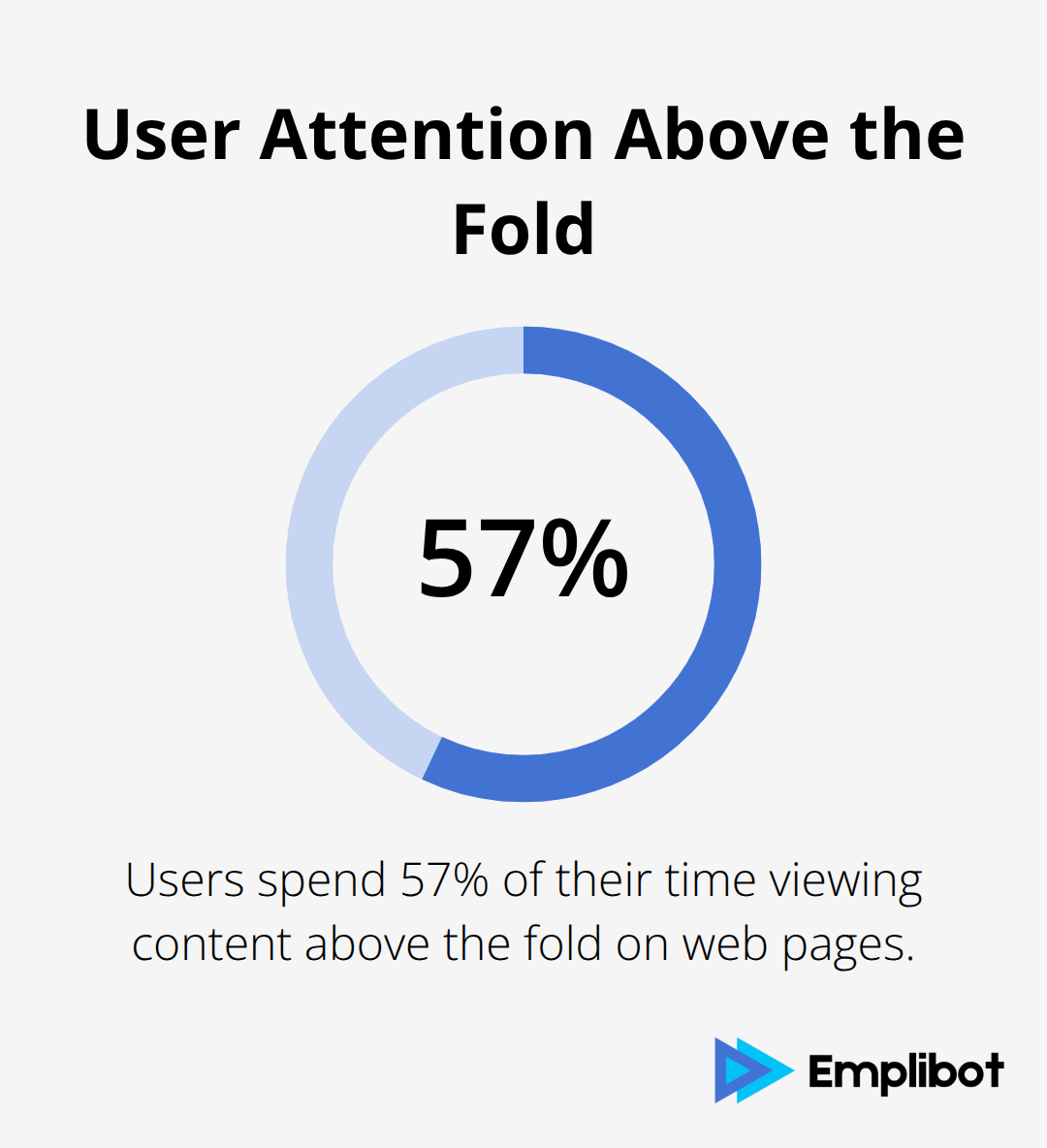
Place answer boxes, pricing information, and contact details in the header area where AI agents scan first. This positioning reduces the number of screenshots Gemini 2.5 needs to capture and speeds up task completion.
Remove Navigation Obstacles That Block AI Progress
Delete cookie consent banners, newsletter pop-ups, and age verification screens that interrupt AI browsing flows. These interstitials force Gemini 2.5 to pause, analyze unexpected content, and determine dismissal methods before it continues with primary tasks. Websites with minimal interstitials experience better AI agent completion rates.
Replace persistent overlays with inline consent options or footer-based subscription forms. CAPTCHA systems present particular challenges since AI agents cannot complete human verification tests (implement server-side bot detection instead of visual challenges that block automated interactions entirely).
Test Your Site with AI Agent Tools
Use tools like andisearch.com to verify how AI systems interpret your website content and navigation structure. Test critical user flows including form submissions, product purchases, and appointment bookings to identify friction points that slow AI agents. Monitor your server logs for Gemini API requests and track completion rates for automated tasks.
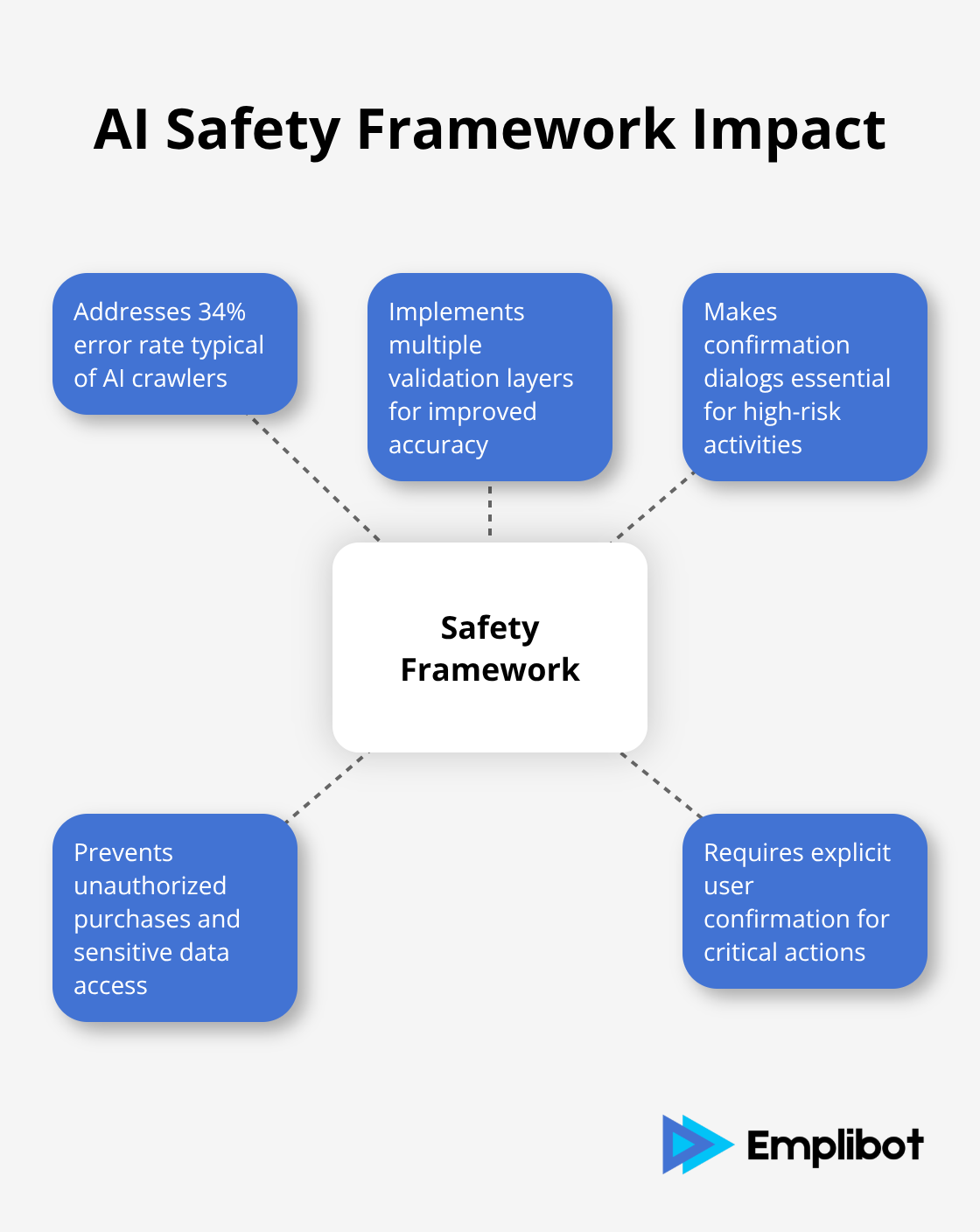
Websites that conduct regular AI agent testing report higher success rates for automated interactions. Configure your robots.txt file to allow AI crawlers while you maintain security controls for sensitive areas. Return content responses within one second to meet AI agent timeout requirements and prevent task abandonment during complex multi-step processes. Consider implementing AI chatbot solutions to enhance customer service efficiency alongside your AI-optimized website structure.
Final Thoughts
Gemini 2.5 Computer Use transforms how AI agents interact with websites and forces owners to abandon outdated design practices. Vague button labels, buried forms, and navigation obstacles that humans tolerate will break AI interactions completely. The websites that adapt quickly will capture traffic from AI-driven searches while competitors struggle with broken automation.
Website owners must act immediately to optimize their sites for AI agent interactions. Move critical content above the fold and replace generic button text with specific action words. Remove pop-ups and interstitials that interrupt AI flows, then add schema markup to help AI agents understand your content structure (test your site with AI tools to identify friction points that slow automated interactions).
This shift affects every industry from e-commerce to professional services, and companies that ignore these changes risk invisibility to AI agents. We at Emplibot understand this transformation impacts content strategy beyond website design. Emplibot automates your WordPress blog and social media by handling everything from keyword research to content creation and SEO optimization.




